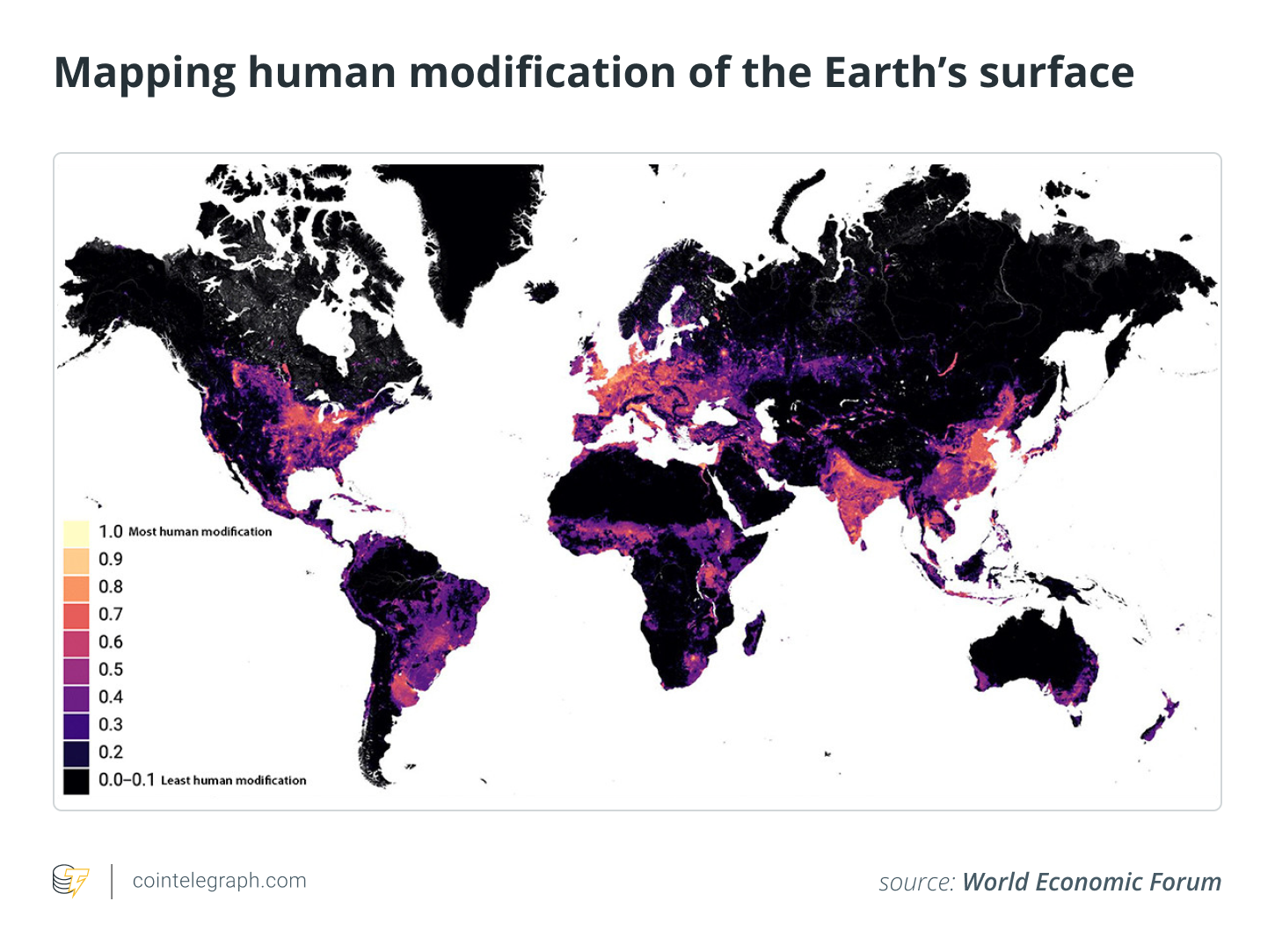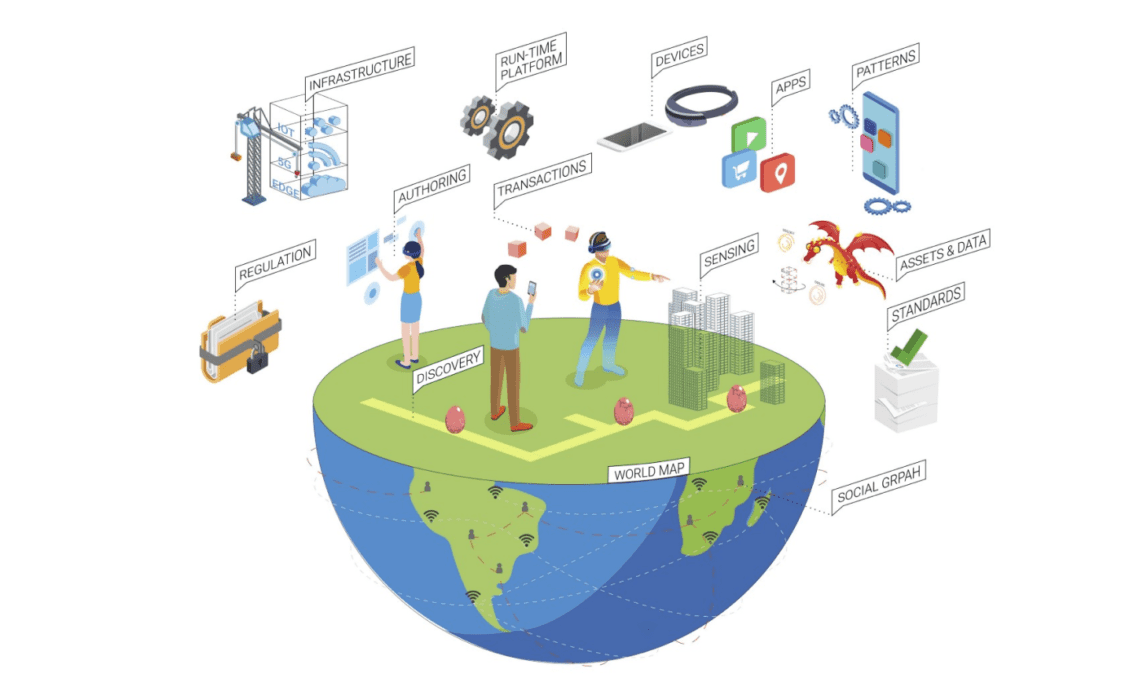Just recently, Yuga Labs, the team behind the world-famous bored nonfungible token (NFT) primates, nabbed some $300 million with its sale of Otherdeed NFTs, a collection of land plots in a soon-to-be metaverse. Indeed, NFTs, the blockchain industry’s primary method of creating digital asset scarcity, have emerged as the preferred way to handle virtual land ownership for most metaverse projects, including Decentraland and The Sandbox. All of this has prompted an interesting question in the community: In the metaverse, a vast, near-endless digital space, how can digital land ever be scarce? Well, let’s dig in.
First and foremost, let’s address the elephant in the room: The metaverse isn’t real. I mean, the Ready Player One-style metaverse, a seamless virtual reality-based rendition of the internet as we know it. So, while you may don your VR helmet for a rave in Decentraland, the device will hardly stay on for your daily dose of Instagram or a news feed surf.
In other words, what we have right now is a growing number of relatively siloed metaverse projects, which offer users an array of project-specific experiences and functions as opposed to the browse-whatever of the larger web. This in itself hints that scarcity is a valid concept to consider in as much as their lands go, even if we consider their value through the same prism as real-world land.
Related: Sci-fi or blockchain reality? The ‘Ready Player One’ Oasis can be built
The laws of the land
In the real world, the value of a plot of land is a product of a few quite clear-cut variables — i.e., natural resources, from oil or mineral deposits to forestry and renewables, access to infrastructure, urban and logistical centers, and fertile soil. All of this can come into play depending on what you are planning to do with this land. Purpose defines value, but the value is still quantifiable.
Value, for its part, often goes hand in hand with scarcity, and land is no exception. The planet’s total surface area is 510.1 million square km, but more than half of that is under water, which works for oil and gas pipelines and submarine cable lines, but little else. So far, we have modified about 15% of the available land area, and yet, at the end of the day, land is finite. Factor in the value and financial feasibility considerations (an investment has to be worth it), and the pool of land that actually makes sense to acquire goes even slimmer.

Let’s take The Sandbox as an example. What’s the…
Click Here to Read the Full Original Article at Cointelegraph.com News…
























